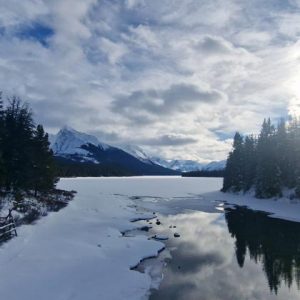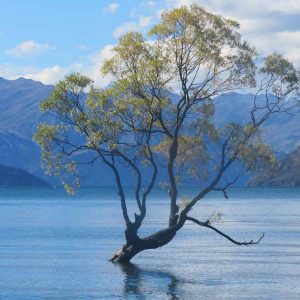If you ask people whether they are likely to go to Australia you usually get one of two possible answers. If they’ve never been there before they usually reply with something like: “No. It takes too long to get there, it’s too expensive.” But if you ask someone who’s been before it’s highly likely that you’ll find they are already planning to go back!
Such is the draw of Australia that last year over 600,000 British people took that long journey – and even more will go this year. However let’s clear up a couple of misapprehensions. Firstly, while Australia will always be a long distance from the UK you can be there in just 21 hours! Secondly it need not be expensive. The cheapest air fares start at around £500 in the Australian winter and when you get there you’ll find that nearly everything is better value than it is at home. However do realise that with such interest in the cricket heading down under in November will be far more expensive. It is also during the Australian summer.
The big lesson that everyone needs to learn is that Australia is much larger than anyone can ever comprehend. Even people who live in Australia never quite get used to the fact that it takes five hours to fly from one side to the other! A successful birding trip needs to be planned carefully giving you enough time to enjoy everything.
Perhaps the best way to assess the country is to divide this article into each of the main regional states as you are unlikely to have time to visit more than three in any holiday.
Queensland
This is the best state for birding and is a great place for a UK visitor to start their trip. If you only visit Australia once, make sure that Queensland is your main focus. I make no apology for devoting a big slice of my article to praise it.
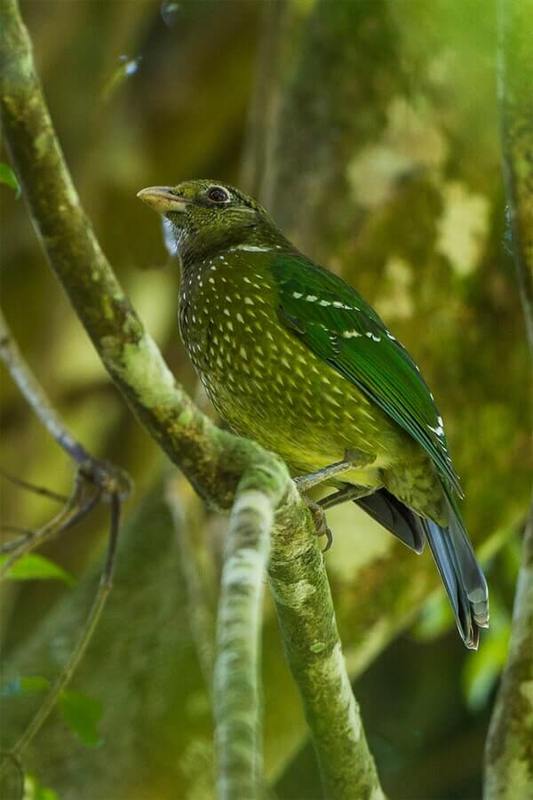 If you fly into Brisbane I suggest you head straight for the Lamington National Park for about three nights. About 100 km south-west of Brisbane, this is a fantastic hilly area rising to 700 m. The whole area is a mixture of subtropical and temperate rainforest with huge ferns and marvellous old trees. In the forest areas there are noisy species such as Green Catbird; aptly-named as its shrill call sounds like a cat being strangled! Up in the canopy is the unobtrusive Paradise Riflebird. If you see a male sitting in the sunlight, look for the iridescent green in his otherwise blackish plumage. On the forest floor is the chicken-like Albert’s Lyrebird with its amazing tail which is fanned during displays. Here also is one of Australia’s scarcest species – the Rufous Scrub-bird. You can consider yourself lucky if you see this wren-like skulker as most visitors simply hear it. I recommend staying at O’Reilly’s guest house which is in the heart of the forest and has tour guides who are knowledgeable about the forest birds. Around the accommodation blocks are flocks of raucous Rainbow Lorikeets with a few gaudy King Parrots as well.
If you fly into Brisbane I suggest you head straight for the Lamington National Park for about three nights. About 100 km south-west of Brisbane, this is a fantastic hilly area rising to 700 m. The whole area is a mixture of subtropical and temperate rainforest with huge ferns and marvellous old trees. In the forest areas there are noisy species such as Green Catbird; aptly-named as its shrill call sounds like a cat being strangled! Up in the canopy is the unobtrusive Paradise Riflebird. If you see a male sitting in the sunlight, look for the iridescent green in his otherwise blackish plumage. On the forest floor is the chicken-like Albert’s Lyrebird with its amazing tail which is fanned during displays. Here also is one of Australia’s scarcest species – the Rufous Scrub-bird. You can consider yourself lucky if you see this wren-like skulker as most visitors simply hear it. I recommend staying at O’Reilly’s guest house which is in the heart of the forest and has tour guides who are knowledgeable about the forest birds. Around the accommodation blocks are flocks of raucous Rainbow Lorikeets with a few gaudy King Parrots as well.
From Brisbane I would fly to Cairns – the tourism centre of northern Queensland. There are hundreds of places where you can stay here, but unless you are constrained by family requirements I would spend about three days at Cassowary House near Kuranda. This is the home of Phil and Sue Gregory and is right in the centre of the rainforest. Their garden is probably the best place in Australia to see Southern Cassowary. The birds breed in the nearby forest and bring their chicks to feed in the garden – but don’t expect to see them straight away!
In downtown Cairns a visit to the waterfront Esplanade is usually interesting at low tide. Between November and February you can see an impressive selection of waders on the exposed mud including Greater and Lesser Sand Plovers, Sharp-tailed and Terek Sandpipers, Grey-tailed and Wandering Tattlers and Great Knot. In addition there are often Royal and Yellow-billed Spoonbills.
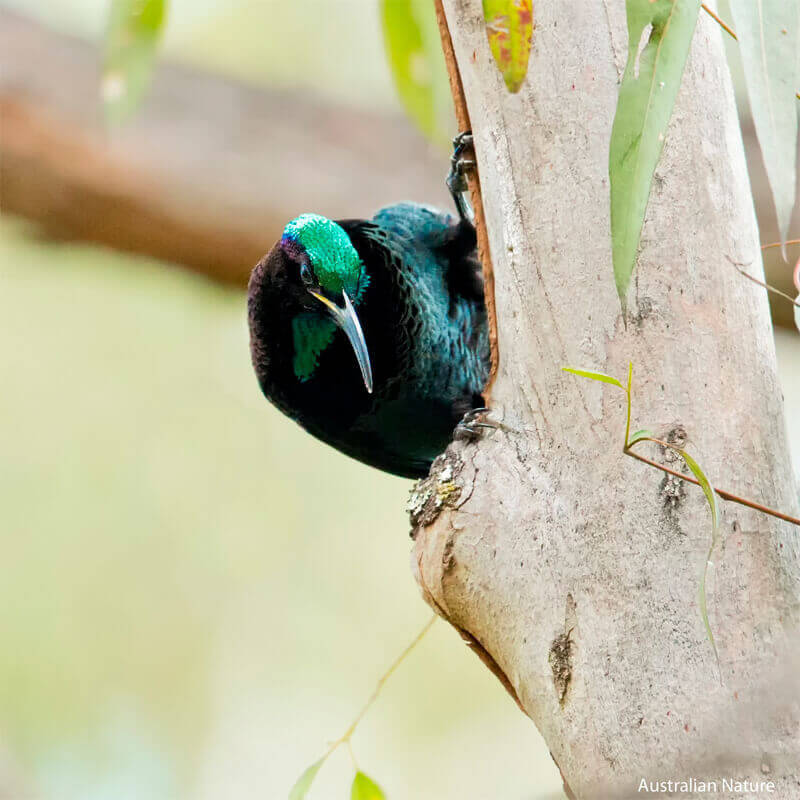 Two other essential birding sites in the town are the Centenary Lakes and nearby Botanical Gardens. An early morning walk here can result in you seeing flocks of Wandering Whistling Ducks, Magpie Goose and possibly White-browed Crake. A boardwalk in a small area of rainforest gives you a reasonable chance of seeing a Red-necked Crake along the edges of a small creek. It is more likely that you will hear its “clock, clock, clock” call. Another ground-dweller is the Noisy Pitta which calls out “walk-to-work”. In the canopy areas are Barred Cuckoo-dove and Wompoo Pigeon, while on the lawns are the colourful Galahs and Sulphur-crested Cockatoos. Other parrot species here include the huge Red-tailed Black Cockatoo and noisy Scaly-breasted Lorikeet.
Two other essential birding sites in the town are the Centenary Lakes and nearby Botanical Gardens. An early morning walk here can result in you seeing flocks of Wandering Whistling Ducks, Magpie Goose and possibly White-browed Crake. A boardwalk in a small area of rainforest gives you a reasonable chance of seeing a Red-necked Crake along the edges of a small creek. It is more likely that you will hear its “clock, clock, clock” call. Another ground-dweller is the Noisy Pitta which calls out “walk-to-work”. In the canopy areas are Barred Cuckoo-dove and Wompoo Pigeon, while on the lawns are the colourful Galahs and Sulphur-crested Cockatoos. Other parrot species here include the huge Red-tailed Black Cockatoo and noisy Scaly-breasted Lorikeet.
To the west of Cairns the Atherton Tablelands is a large area of forests and plain centred on the small town of Mareeba. Not far from Mount Molloy, the Maryfarms area has groups of Australian Bustards on the open grasslands. Also look out for Brolgas and Sarus Cranes in this area between November and March. They are huge and can be located by their trumpeting calls which are accompanied by displays. Mount Hypipamee National Park is about 30 km south of Atherton. This park presents a good chance of seeing Golden Bowerbird. The male is unmistakable being bright yellow, but even more impressive is the bower that he rebuilds every year to a metre high to attract a mate. Also present is the Spotted Catbird which, like its close relative, also creates a loud cat-like scream. Victoria’s Riflebird is found in these forests and can be seen displaying with its wings fanned. Other species here include two amazing vocalists – the Cicadabird and Chowchilla, together with Atherton Scrubwren and Fernwren.
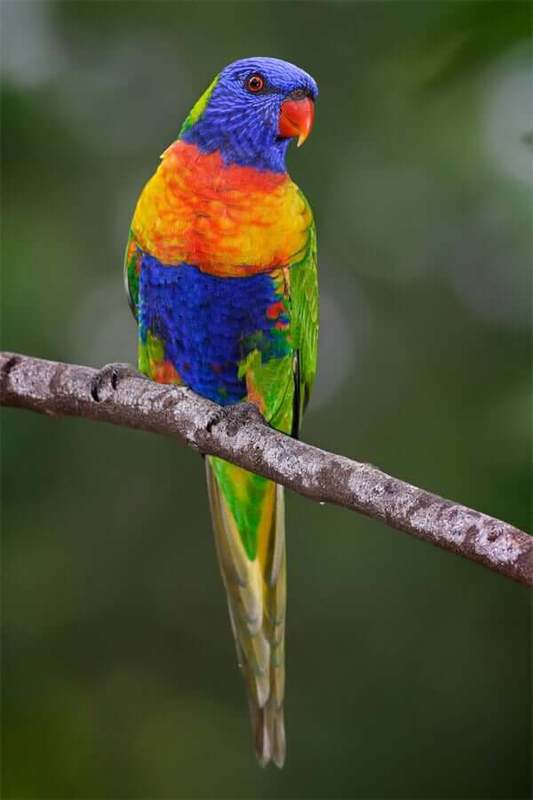 A great place to stay is the Kingfisher Park at Julatten. This is ideally placed for birdwatchers and the owners are very happy to provide guidance on the best sites. They also lead guided walks. In the grounds of the park are Lesser Sooty Owl which the owner will find for you at night using a spotlight. The most gaudy bird here is the Buff-breasted Paradise-Kingfisher which migrates from New Guinea. With its long white tail the male reaches a length of 35 cm and then has to cram itself into a hole in a tree in order to nest.
A great place to stay is the Kingfisher Park at Julatten. This is ideally placed for birdwatchers and the owners are very happy to provide guidance on the best sites. They also lead guided walks. In the grounds of the park are Lesser Sooty Owl which the owner will find for you at night using a spotlight. The most gaudy bird here is the Buff-breasted Paradise-Kingfisher which migrates from New Guinea. With its long white tail the male reaches a length of 35 cm and then has to cram itself into a hole in a tree in order to nest.
My final recommendation for the Cairns area is to join one of the fast catamarans that will quickly get you out to the Great Barrier Reef – the world’s largest living thing! There are many such trips to choose from but the best birding site is Michaelmas Cay. This small sandy atoll is covered in breeding Sooty and Bridled Terns and Brown Noddies. All around you these birds will be calling and the noise is stunning. You can approach their nests to within just a few feet without causing disturbance. Patrolling the area for unattended eggs or chicks are Lesser and Greater Frigatebirds, while other birds in the immediate area include Pacific Reef Egret, Brown Booby, Crested Tern, Osprey and Torresian Imperial Pigeon,
South Australia
So having had a few days birding in Queensland it is now time to head south to the next game. South Australia is home to some of Australia’s most famous vineyards, and beyond this is an area known as the “mallee”. This is where you will find many dry-country species such as Southern Scrub-robin, Elegant Parrot, Striated Grasswren and Redthroat. This is the best area to look for three types of Whiteface – Southern, Chestnut-breasted and Banded. The bushy areas are also home to two of Australia’s most sought-after birds – Red-lored Whistler and Black-eared Miner.
A great destination for few days’ excursion is Kangaroo Island. About the size of the Isle of Man, this is a popular choice for long weekends, so maybe try to visit mid-week. Among the species to seek out is the Glossy Black Cockatoo which can be found in the Lathami Conservation Park. This also offers a second chance to see Cape Barren Geese.
Western Australia
This is by far the biggest state, covering an area four times the size of the UK. You will start to realise this when you take the flight from Adelaide to Perth! Most birdwatchers only visit it once they have seen the majority of Australia’s birds. WA’s birds are interesting but are often found in remote places requiring a mini-expedition simply to add a few species. 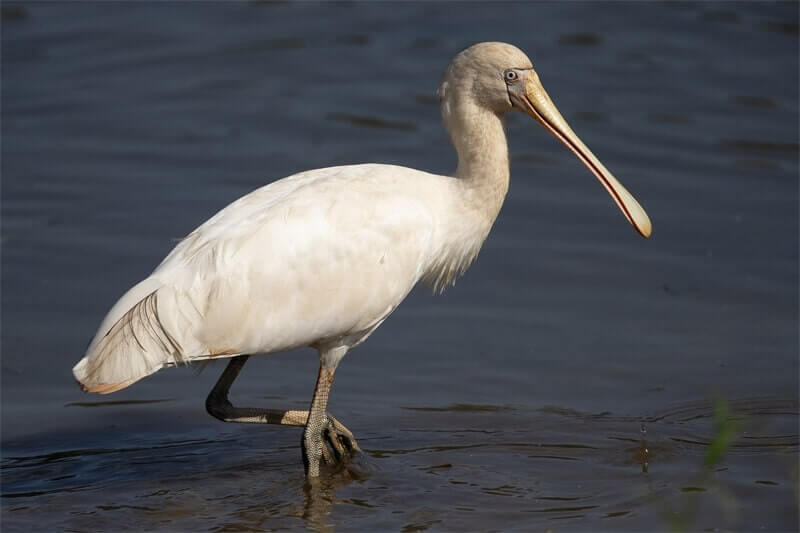 Personally I would recommend taking the triangular drive from Perth to Margaret River and then across to Albany, returning to Perth. This allows you to visit Two People’s Bay which is home to the Noisy Scrub-bird. Early English explorers to the region reported that they could hear Nightingales singing from the scrubby areas. They were mistaken, for this bird sounds exactly the same – but is, of course, completely unrelated. Other birds to look out for include Red-capped Parrot, Long-billed Black Cockatoo, Carnaby’s Cockatoo, Rock Parrot, Western Bristlebird, Red-winged Wren, Rufous Treecreeper and Blue-breasted Wren.
Personally I would recommend taking the triangular drive from Perth to Margaret River and then across to Albany, returning to Perth. This allows you to visit Two People’s Bay which is home to the Noisy Scrub-bird. Early English explorers to the region reported that they could hear Nightingales singing from the scrubby areas. They were mistaken, for this bird sounds exactly the same – but is, of course, completely unrelated. Other birds to look out for include Red-capped Parrot, Long-billed Black Cockatoo, Carnaby’s Cockatoo, Rock Parrot, Western Bristlebird, Red-winged Wren, Rufous Treecreeper and Blue-breasted Wren.
I would also suggest making a visit to the area around Broome. Here, in the north-west corner of the country, there are colossal flocks of migrating waders at certain times. In addition you may be luck and see a Yellow Chat – a nomadic species that appears like a locust after the rains. There is a bird observatory at Broome, but be warned – it has some of the fiercest mosquitos I have experienced anywhere!
Victoria
So now it is a fairly big slog back across Australia again! In Melbourne the climate is much more British with wet and windy winters and fairly pleasant summer temperatures. Melbourne is a quieter city and has a much more British feeling about it. Every weekend thousands of city-dwellers head south to Phillip Island to enjoy the sunshine – but birders head here too. This is the best place to see Little Penguin, but to do so you must join the mass of tourists that watch the “penguin parade” as the birds return to their nesting burrows in the evening. This is a real tourist spectacle and is not to everyone’s liking. However the birds walk up the beach without fail and do not seem to have too much of a problem with everyone “cooing” and taking their photograph. 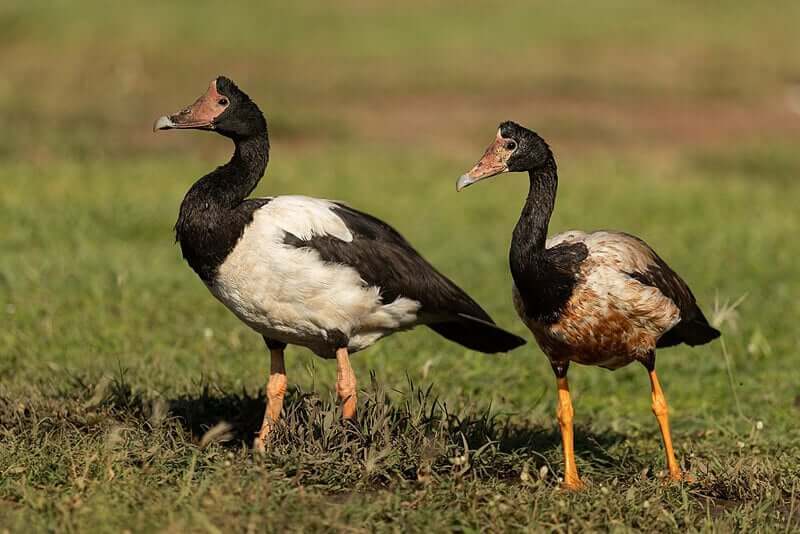 During the day the island is worth exploring for a small population of the Cape Barren Goose whose population is now supported with introduced birds. Also around the coastline are small numbers of Hooded Plovers and Kelp Gulls.
During the day the island is worth exploring for a small population of the Cape Barren Goose whose population is now supported with introduced birds. Also around the coastline are small numbers of Hooded Plovers and Kelp Gulls.
A very special trip is to join local birdwatcher, Phil Maher in the small town of Deniliquin. Phil is probably the only person who can show you the Plains Wanderer. This restricted-range species is very peculiar, almost being like a cross between a quail and a wader – and consigned to a genus of its own. Because of its nocturnal habits you need to use a spotlight to find it in the grass, and that’s where Phil is the real expert. Other birds in his local area include Australian Bittern, Inland Dotterel, Australian Pratincole, Superb and Regent Parrots, Gilbert’s Whistler, and both Chestnut and Cinnamon Quail-thrushes. Another amazing bird is the Malleefowl, which lays its eggs in the ground and then covers it with a huge pile of earth and vegetation. The parents remain in the area around the mound checking that it is not disturbed and ensuring the temperature is 32-34ºC. Eventually after 60-90 days days the chick hatches from the egg and fights its way out of the mound to freedom, where its parents are waiting for it.
New South Wales
By Australian standards we now take a quick hop to Sydney. This is in the second-best state for birding. Most people fly into Sydney at some point during a holiday in Australia and many trips start here. There are many great tourist attractions – including the chance to climb up the outside of the Sydney Harbour Bridge!
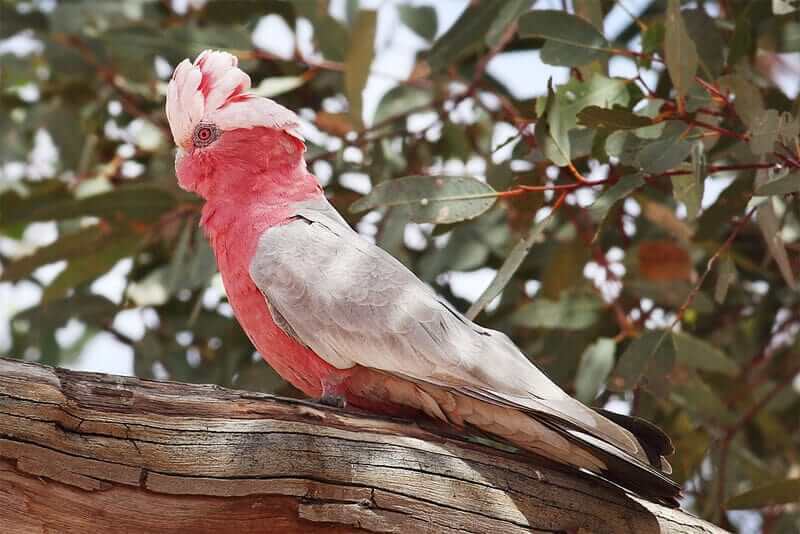 About 32 km south of Sydney is the Royal National Park. This is a popular place for the city-dwellers so try to avoid making your visit over the weekend. An early-morning arrival gives you the best chance of hearing the Superb Lyrebird giving its stunning display, with quivering wings and a fanned tail accompanied by an impressive range of imitations of other birds. Another impressive species is the Satin Bowerbird which builds a fairly small bower but decorates it with any blue items it can find – including plastic pegs! The park has a great network of marked trails across woodland and heathland and it also has a rugged coastline.
About 32 km south of Sydney is the Royal National Park. This is a popular place for the city-dwellers so try to avoid making your visit over the weekend. An early-morning arrival gives you the best chance of hearing the Superb Lyrebird giving its stunning display, with quivering wings and a fanned tail accompanied by an impressive range of imitations of other birds. Another impressive species is the Satin Bowerbird which builds a fairly small bower but decorates it with any blue items it can find – including plastic pegs! The park has a great network of marked trails across woodland and heathland and it also has a rugged coastline.
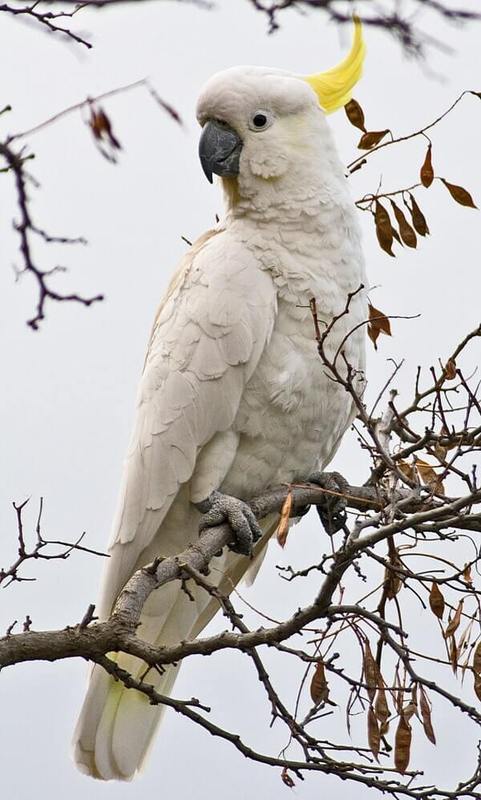 Australia hosts more species of seabird than anywhere else in the world with over 120 species recorded. The Sydney and Wollongong pelagic boat trips have recorded over 75 species, which is over a third of the world’s seabirds. To join one of these trips is a great birding experience. Every month a boat leaves Sydney Harbour for the deep waters along the continental shelf. Here the cold waters attract hundreds – sometimes thousands – of seabirds. At an agreed point a mixture of rotting shark gut and other stinking items is tipped over the edge of the boat and within just a few minutes the seabirds start to follow the boat. Birds that are regularly seen include five main albatross species – Yellow-nosed, Shy, Wandering, Royal and Black-browed. In addition there is likely to be a good scattering of Southern and Northern Giant Petrels, White-chinned and Great-winged Petrels and several types of Prion, backed up by good numbers of Sooty and Hutton’s Shearwaters. In case you miss the monthly pelagic trips from Sydney there are also monthly boat trips from Wollongong, about 80 km south of Sydney.
Australia hosts more species of seabird than anywhere else in the world with over 120 species recorded. The Sydney and Wollongong pelagic boat trips have recorded over 75 species, which is over a third of the world’s seabirds. To join one of these trips is a great birding experience. Every month a boat leaves Sydney Harbour for the deep waters along the continental shelf. Here the cold waters attract hundreds – sometimes thousands – of seabirds. At an agreed point a mixture of rotting shark gut and other stinking items is tipped over the edge of the boat and within just a few minutes the seabirds start to follow the boat. Birds that are regularly seen include five main albatross species – Yellow-nosed, Shy, Wandering, Royal and Black-browed. In addition there is likely to be a good scattering of Southern and Northern Giant Petrels, White-chinned and Great-winged Petrels and several types of Prion, backed up by good numbers of Sooty and Hutton’s Shearwaters. In case you miss the monthly pelagic trips from Sydney there are also monthly boat trips from Wollongong, about 80 km south of Sydney.
To the west of Sydney are the Blue Mountains. These great ranges get their name from the fact that at certain times of the year eucalyptus trees exude fumes which, from a distance, give the scenery a blue tint. One of the best birding areas in the region is the very rural Capertee Valley, not far from Lithgow. This wonderful valley is teeming with birds and eventually reaches a picnic area called Glen Davis. This is one of the few places where you can hope to see the endangered Regent Honeyeater. The birds breed in a few places nearby and to see them you need to find flowering trees. I had to make five visits to the area in different years before I was lucky enough to see this bird as they are fairly nomadic.
Tasmania
For its size you might imagine that Tasmania demands a week of your Australian holiday, but if you are concentrating on seeing just its endemic birds you can spend just 2-3 days here. Bruny Island, which is about 30km south of Hobart, is the best place to see these birds, including Yellow Wattlebird, Scrub-tit, Tasmanian Thornbill, Forty-spotted Pardelote and Dusky Robin. There are three Honeyeaters to look for – Yellow-throated, Strong-billed and Black-headed.
On the west side of the island is Cradle Mountain with its famous lodge. The scenery here is spectacular and is reminiscent of Scotland. This is one of the best places to see the endemic Black Currawong. This huge black crow-like bird is not difficult to find – in fact several of them will probably assault you for food as you walk from the lodge to your cabin!
Northern Territory
If you think of the driest places in the world, then much of NT should be included. But it is a state of contrasts as on the coast, Darwin is, at times, one of the wettest places. Starting at Darwin I would recommend a 2-3 day trip to the Kakadu National Park. This is a wetland wilderness with very limited access. 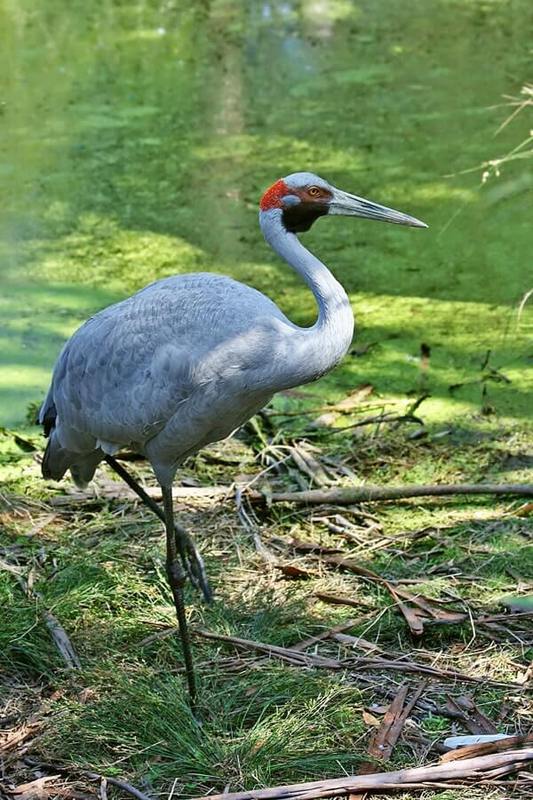 However, focusing on the area called Yellow Waters it is possible to join a boat trip to explore the creeks and swamps. Despite the need to go along with about twenty other people, this still provides great opportunities to get close views of Comb-crested Jacana and White-bellied Sea-eagle – not to forget the freshwater crocodiles. Other species that will be seen include Black-necked Stork, Radjah Shelduck and Pied Heron.
However, focusing on the area called Yellow Waters it is possible to join a boat trip to explore the creeks and swamps. Despite the need to go along with about twenty other people, this still provides great opportunities to get close views of Comb-crested Jacana and White-bellied Sea-eagle – not to forget the freshwater crocodiles. Other species that will be seen include Black-necked Stork, Radjah Shelduck and Pied Heron.
The park also includes some great outback walking, and if youcan get into some of the craggy areas you might find Chestnut-quilled Rock Pigeon, while walks on the flatter areas might reveal Hooded Parrot, Black-tailed Treecreeper and Gouldian Finch.
A visit to NT is simply not complete without a trip to Ayers Rock. This giant monolith has a circumference of 8 km, and is best visited at dawn and dusk – but I’m afraid that it rarely looks as spectacularly golden-red as in all the post cards. This really is the heart of the Outback and is best visited at dawn in the winter. Birds that you might see across this area include Square-tailed Kite, Black-breasted Buzzard, Grey Falcon, Spinifex Pigeon, Pink Cockatoo, Budgerigar, Black-eared Cuckoo, Crested Bellbird, Dusky Grasswren, Gibber Chat and three Honeyeaters – White-fronted, Black and Pied. However the number of birds (with exception of occasional flocks of Budgerigars) is very small. I once spent three hours in the Outback and did not see a SINGLE bird!
Take care!
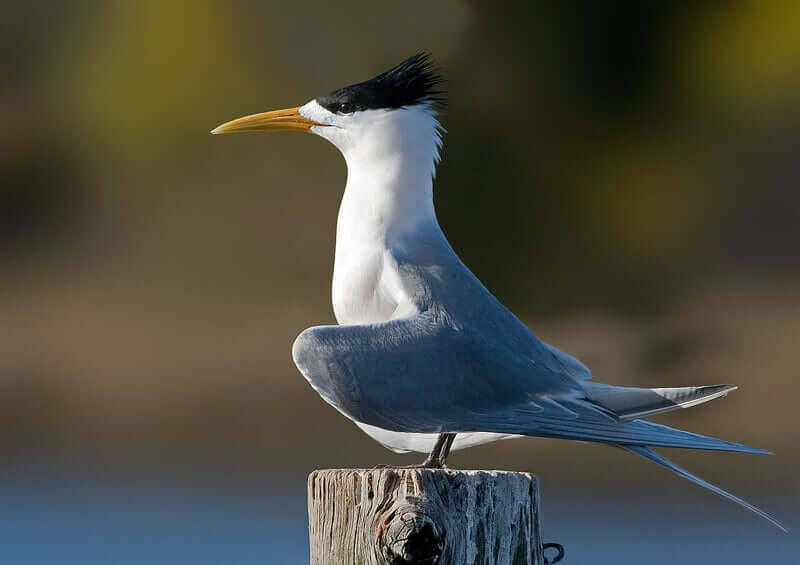 Although I really do love Australia I do have several words of warning. Australia can be dangerous. In many of the vegetated areas I have mentioned there are venomous snakes that can kill you. The reality is that you will probable not encounter any but if you do it is wise to keep well clear. Also, Australia is a MASSIVE country. It is so easy to underestimate how long it will take to drive from A to B, so be realistic and give yourself plenty of time, don’t overextend yourself and take extra water in case you get lost! A three week trip will allow you to see around 350 species of birds – most of which will probably be new to you. If you have never visited Australia then you have missed out on something very special. Why not book a trip now – and let the love affair begin?
Although I really do love Australia I do have several words of warning. Australia can be dangerous. In many of the vegetated areas I have mentioned there are venomous snakes that can kill you. The reality is that you will probable not encounter any but if you do it is wise to keep well clear. Also, Australia is a MASSIVE country. It is so easy to underestimate how long it will take to drive from A to B, so be realistic and give yourself plenty of time, don’t overextend yourself and take extra water in case you get lost! A three week trip will allow you to see around 350 species of birds – most of which will probably be new to you. If you have never visited Australia then you have missed out on something very special. Why not book a trip now – and let the love affair begin?
How to get there
Site Guides
- Birding Australia by Lloyd Nielsen (privately published)
- Where to Find Birds in Australia by John Bransbury (Waymark)
- Where to Watch Birds in Australasia & Oceania by Nigel Wheatley (Helm)
Field Guides
- The Field Guide to the Birds of Australia by Graham Pizzey, Frank Knight and Peter Menkhorst (Harper Collins Australia)
- Field Guide to Australian Birds by Michael Morcombe (Steve Parish)
- Field Guide to the Birds of Australia by Ken Simpson and Nicholas Day (Helm)
- The Slater Field Guide to Australian Birds by Peter Slater (New Holland)
More about Keith
Keith Betton is an avid world birder, having visited 90 countries and seen nearly 7000 species along the way. He is active in bird conservation, and it Chairman of the African Bird Club and County Bird Recorder for Hampshire. He is also a trustee of the British Trust for Ornithology. Professionally he is a public relations consultant, advising travel companies and tourist boards. He is also used by companies as a public speaker, trainer, writer and broadcaster.


